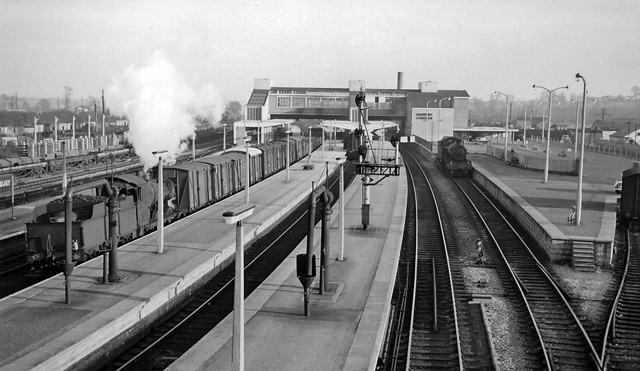Howard Cavanagh on:
[Wikipedia]
[Google]
[Amazon]
 Howard Earnest Bernard Cavanagh FRIBA (17 August 1910 – 3 August 1960) was an English architect.
Howard Earnest Bernard Cavanagh FRIBA (17 August 1910 – 3 August 1960) was an English architect.
 Howard Earnest Bernard Cavanagh FRIBA (17 August 1910 – 3 August 1960) was an English architect.
Howard Earnest Bernard Cavanagh FRIBA (17 August 1910 – 3 August 1960) was an English architect.
Career
H.E.B. Cavanagh was born in India, the eldest son of Bernard Cavanagh (b. 1877) and Annie. He arrived in London on the P&O ship Mongolia from India on 2 May 1915. He married fellow architect Beryl Joy Sarita Read (1908-1982) on 27 October 1934 at St Mary’s Church, Wootton-under-Edge. She was the daughter of Mr and Mrs H. A. Read of Holywell Cottage, Wotton-under-Edge, and an Associate of the Royal Institute of British Architects. They have two sons. Their eldest, Terence D Cavanagh, was born on 1 November 1940. Their second son, Sean M Cavanagh, was born on 30 July 1949. During the Second World War he was a Lieutenant in the King’s Regiment. In 1947, he was appointed by theGreat Western Railway
The Great Western Railway (GWR) was a History of rail transport in Great Britain, British railway company that linked London with the southwest, west and West Midlands (region), West Midlands of England and most of Wales. It was founded in 1833, ...
as Assistant Architect at Paddington. He later became Architect to the Western Region of British Railways
The Western Region was a region of British Railways from 1948. The region ceased to be an operating unit in its own right on completion of the "Organising for Quality" initiative on 6 April 1992. The Region consisted principally of ex-Great We ...
.
He worked with Frederick Curtis and R.H. Jones on the western extension of the Central line (London Underground)
The Central line is a London Underground line that runs between or in the west, and or Hainault Loop, Woodford via Hainault in the north-east, via the West End of London, West End, City of London, the City, and the East End of London, East En ...
.
In 1956 he started work with Ian J Campbell on the redesign of Plymouth railway station
Plymouth railway station serves the city of Plymouth, Devon, England. It is on the northern edge of the city centre, close to the North Cross roundabout. It is the third busiest station in the county of Devon and the largest of the six survivi ...
, but he died before its completion. The work was completed by Ray Moorcroft
Ray L Moorcroft FRIBA was chief architect for British Rail from 1977, and is best known for his work on the passenger hall of Euston railway station.
Career
Moorcroft started with British Rail as an architect in the London Midland Region, work ...
.
He died in a boating accident off the Isle of Wight on 3 August 1960.
Notable works
*South Ruislip railway station
South Ruislip () is a station served by London Underground and Chiltern Railways in South Ruislip in West London. The station is owned, managed and staffed by London Underground. The station is in Travelcard Zone 5.
History
The GWR/GCR Join ...
1948 with Frederick Curtis and R.H. Jones
*Cirencester Town railway station
Cirencester Town railway station was one of three railway stations which formerly served the town of Cirencester, Gloucestershire, England; the others were and .
History
The Cheltenham and Great Western Union Railway was promoted to link the ...
1956 (additions)
*Banbury railway station
Banbury railway station serves the historic market town of Banbury in Oxfordshire, England. The station is a stop on the Chiltern Main Line; it is operated by Chiltern Railways and has four platforms in use.
History
Banbury Bridge Street stat ...
1958
*Plymouth railway station
Plymouth railway station serves the city of Plymouth, Devon, England. It is on the northern edge of the city centre, close to the North Cross roundabout. It is the third busiest station in the county of Devon and the largest of the six survivi ...
1958-62 (with Ian Campbell)
References
{{DEFAULTSORT:Cavanagh, Howard 1910 births 1960 deaths Architects from London British railway architects Fellows of the Royal Institute of British Architects Associates of the Royal Institute of British Architects King's Regiment (Liverpool) officers Great Western Railway people British Rail people British people in colonial India